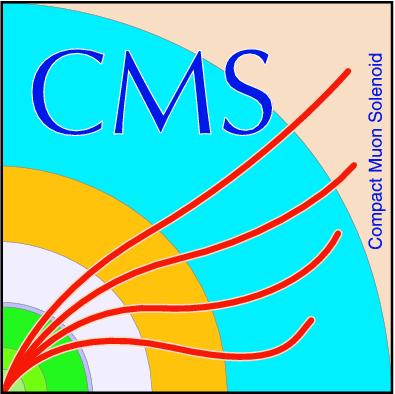
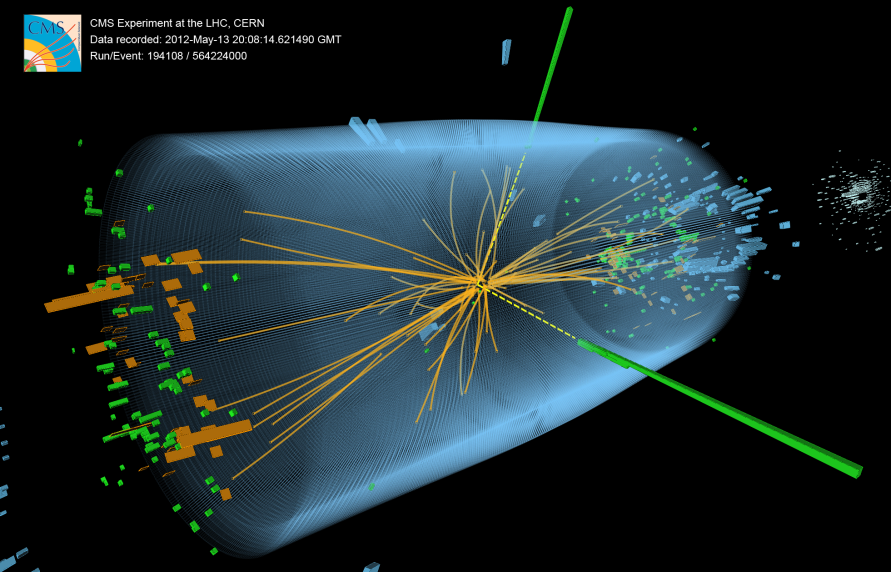
Compact Muon Solenoid
LHC, CERN
| CMS-PAS-JME-23-001 | ||
| A new method for correcting the substructure of multi-prong jets using Lund jet plane reweighting in the CMS experiment | ||
| CMS Collaboration | ||
| 14 February 2025 | ||
| Abstract: Many analyses at the CERN LHC employ techniques exploiting the substructure of large-radius jets. These techniques aim to identify large-radius jets originating from heavy resonances produced with high momenta that decay into multiple quarks or gluons. The large momentum of the resonance results in all $ N $ quarks or gluons from the decay being reconstructed into a single jet with an $ N $-prong substructure. Because of shortcomings in the simulation of these jets, substructure observables are typically calibrated using data samples of large-radius jets originating from decays of boosted W bosons or top quarks. However, this approach cannot be readily applied to jets with four or more prongs because no similar proxies exist in the data. This note presents a new technique for correcting the substructure of simulated large-radius jets from multi-prong decays. The data correspond to an integrated luminosity of 138 fb$ ^{-1} $ collected by the CMS experiment between 2016-2018 at a center-of-mass energy of 13 TeV. The technique is based on reclustering the jet constituents into several subjets such that each subjet represents a single prong, and separately correcting the radiation pattern in the Lund jet plane of each subjet using a correction derived from data. The correction procedure improves the agreement between data and simulation in several different substructure observables of multi-prong jets. This technique establishes, for the first time, a robust calibration for the substructure of jets with four or more prongs, enabling their usage in future measurements and searches for new phenomena. | ||
|
Links:
CDS record (PDF) ;
CADI line (restricted) ;
These preliminary results are superseded in this paper, Submitted to JHEP. The superseded preliminary plots can be found here. |
||

|
Compact Muon Solenoid LHC, CERN |
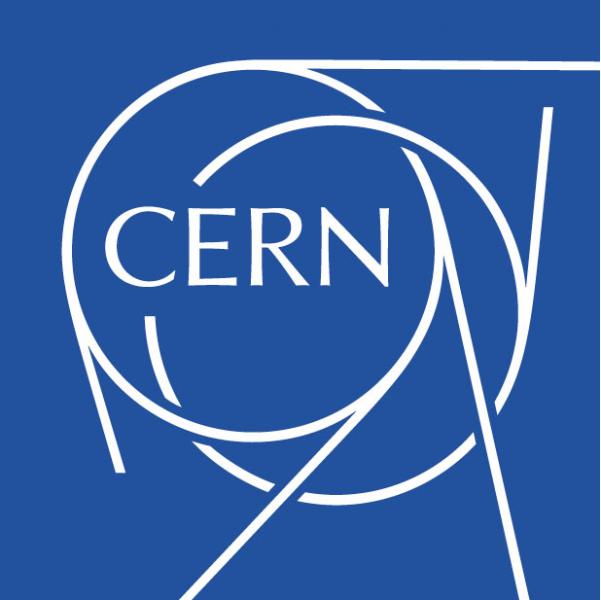
|
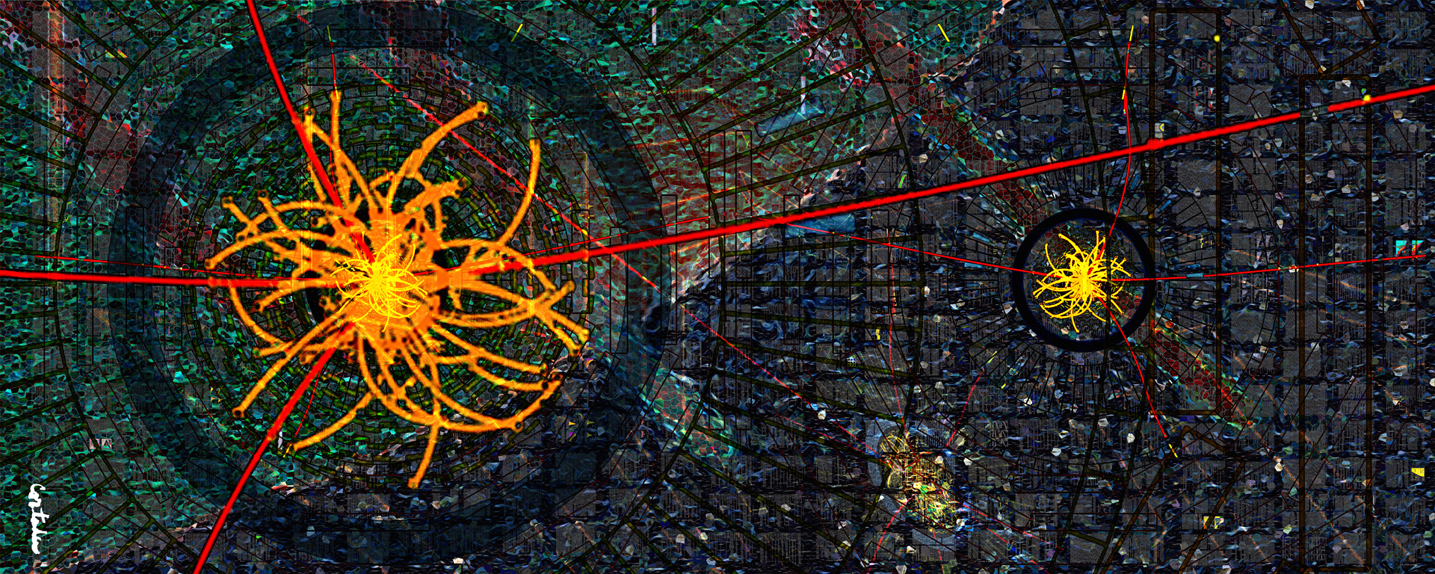
|
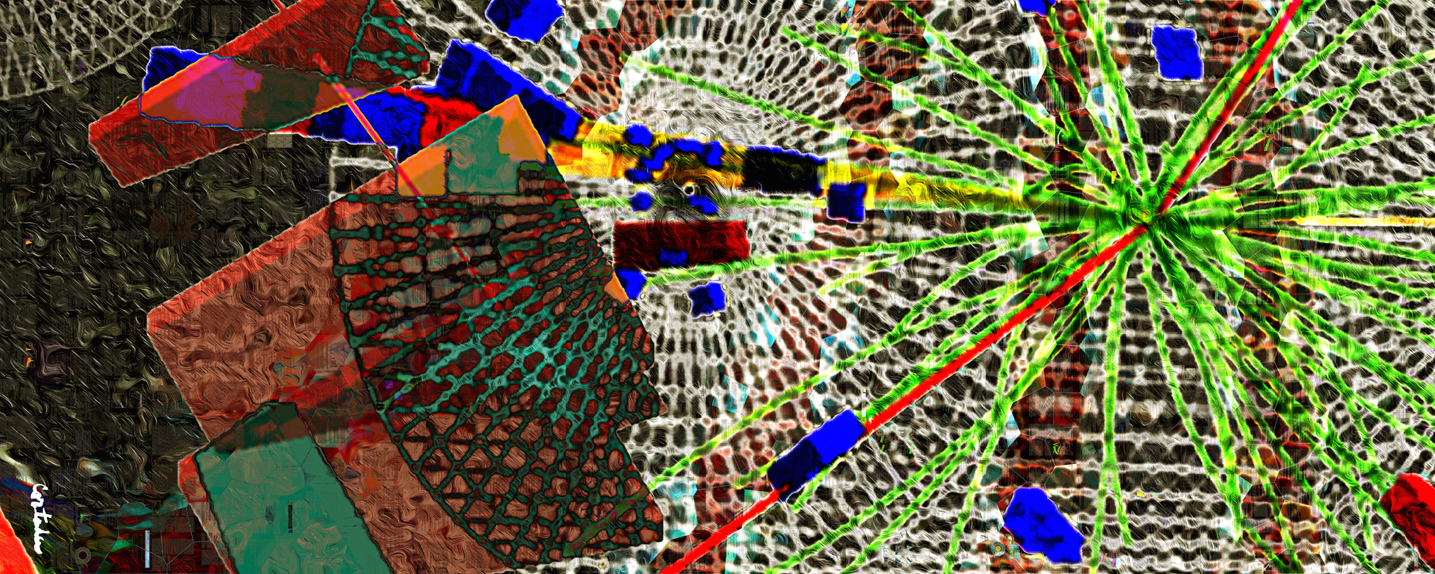
|
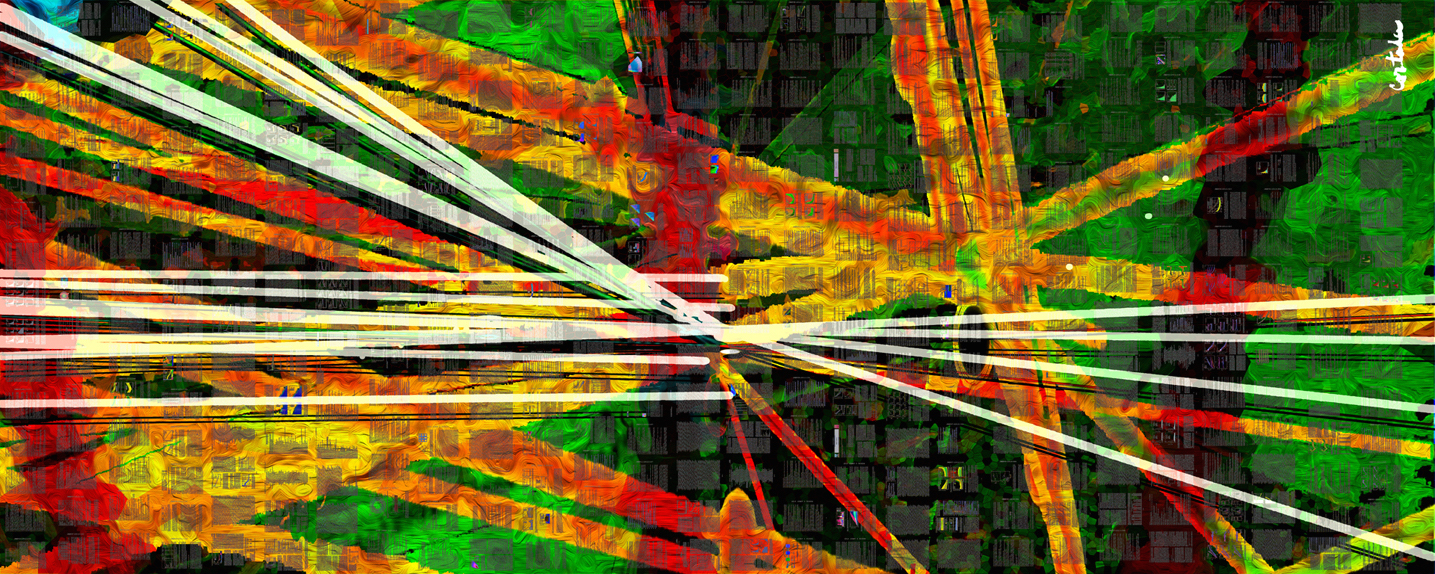
|
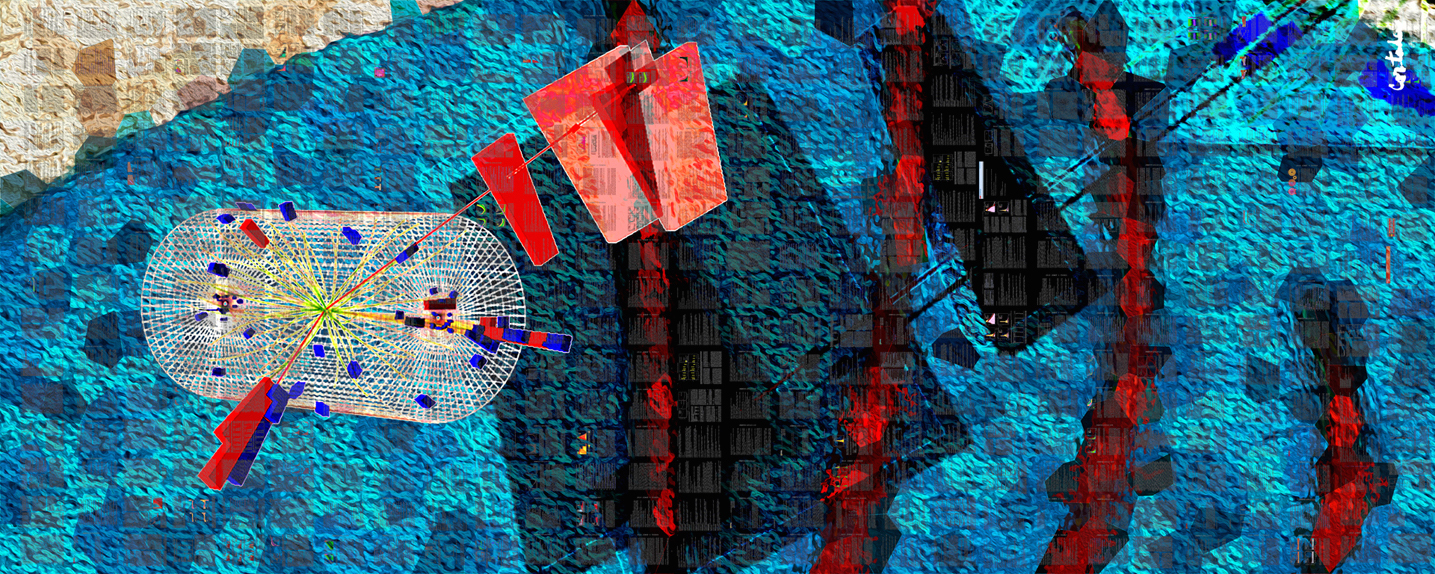
|
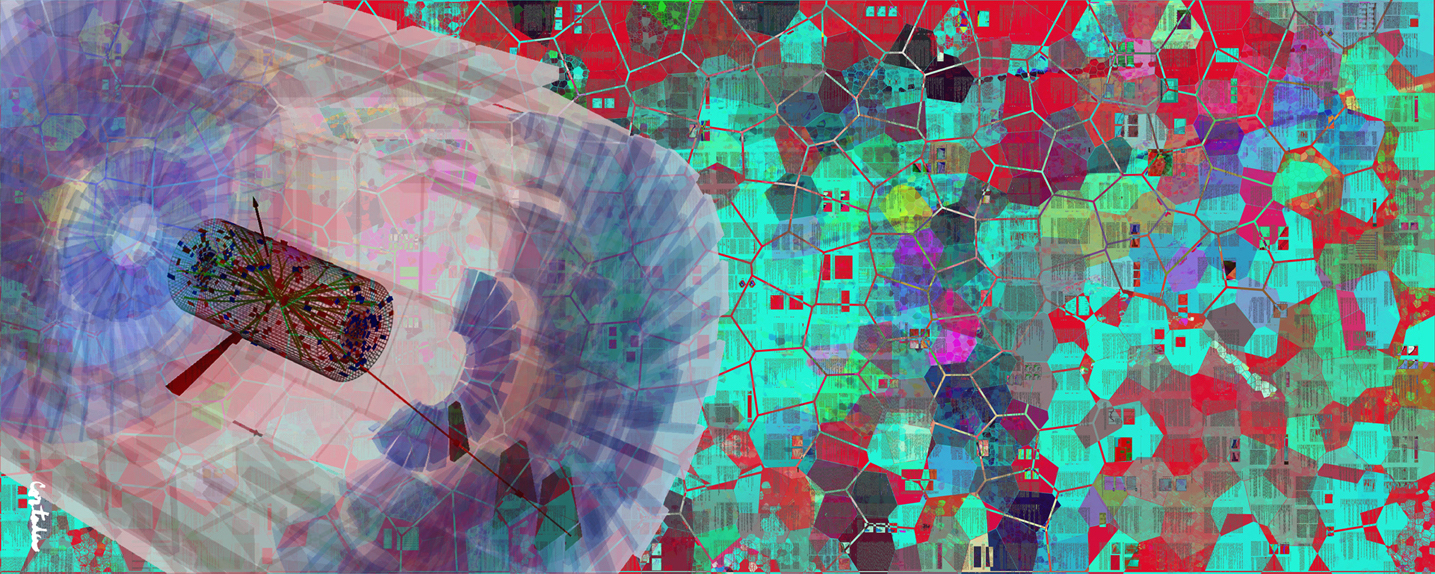
|